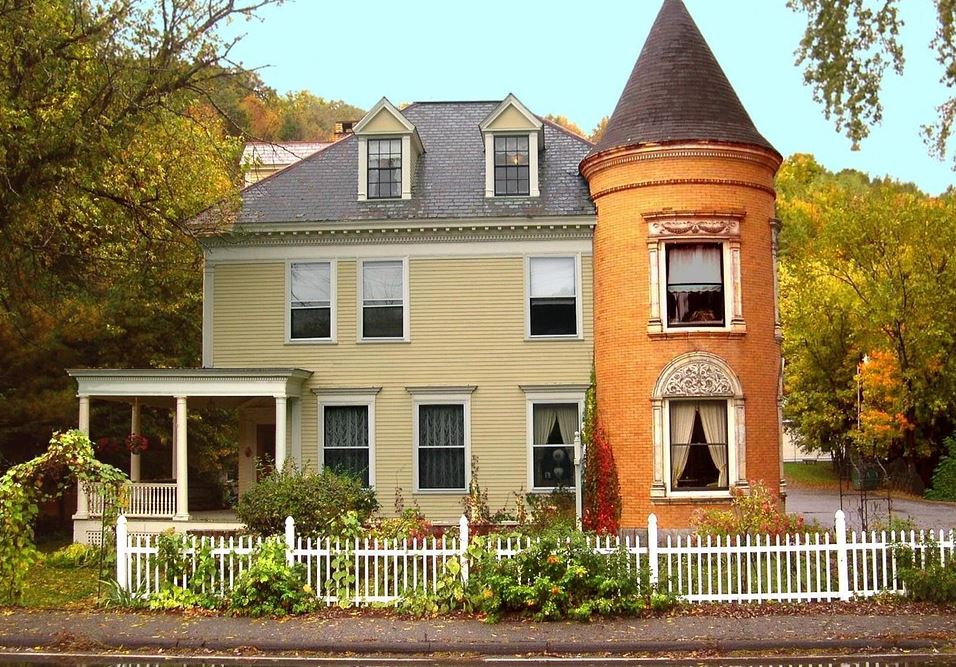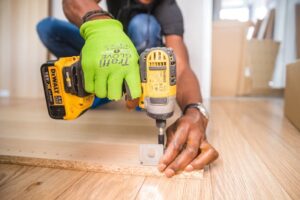
While an older home can be filled with charm and lots of character, it could also pose hidden dangers to you and your family. Safety standards are completely different than they were 100 or 50 years ago. Not to mention, materials with unknown dangers were commonly used, such as lead and asbestos. Before you move in, be sure to check for these four common hidden dangers.
Lead paint
While lead paint has been banned for decades, a very old home may still have it on the walls. It’s especially dangerous when it begins to peel; small children and pets have been known to ingest lead paint. Lead poisoning can lead to many health problems, including mental disabilities. You can buy a lead paint test kit, and find out for yourself. Unfortunately, if you think that sanding it off and starting fresh is the way to go, you’re wrong. Sanding will only release lead dust into the air. If you find your old house has lead paint, the best thing to do is call in a professional.
Soft story
This is the first thing on people’s minds when then think about the risk of older homes, yet this issue is especially important if you live in an earthquake zone, such as the greater Los Angeles area. A multi-story building with a wood frame, built before modern building codes, could be at risk. In fact, many jurisdictions in the Los Angeles area have mandatory soft story retrofit requirements. If a big earthquake hits, a building with a soft ground floor could collapse. If your older home has multiple stories, and is in an earthquake zone, look for a company that provides soft story retrofit services.
Asbestos
Like lead paint, asbestos has been banned for decades. Beginning in the 1940s, asbestos was used in insulation, floor and ceiling tiles and many other places around the home. Unfortunately, it was found that asbestos caused a type of lung cancer. If you suspect your home has asbestos, contact a professional removal service right away. Don’t touch it; if asbestos remains intact, it’s relatively harmless. But if it gets damaged in any way, the broken fibers can float into the air, posing a serious health risk.
Non-grounded electrical outlets
Before the 1960s, 2-prong, or non-grounded outlets, were commonly used. Non-grounded outlets do not protect you or your home from unintended surges of electricity. This wasn’t as prevalent then, but plugging in modern electronics which draw more electricity can increase the risk of a power surge. If you don’t update your electrical system, your home is at risk for electrical fires and burnt or damaged appliances. You or your children could even get electrocuted in a worst-case scenario. You can’t ground a non-grounded outlet without rewiring it. The best option is to hire a licensed electrician to do the job properly.
Make sure to do your research before purchasing an older home so when it comes time to update for modern safety needs, you know exactly what your house will require. Be careful and hire the appropriate contractors to deal with any dangerous upgrades like toxic chemicals, electrical work, and major reconstruction. Knowing that your home has been made safe for you family, you can enjoy all the unique charms without the unique risks.


